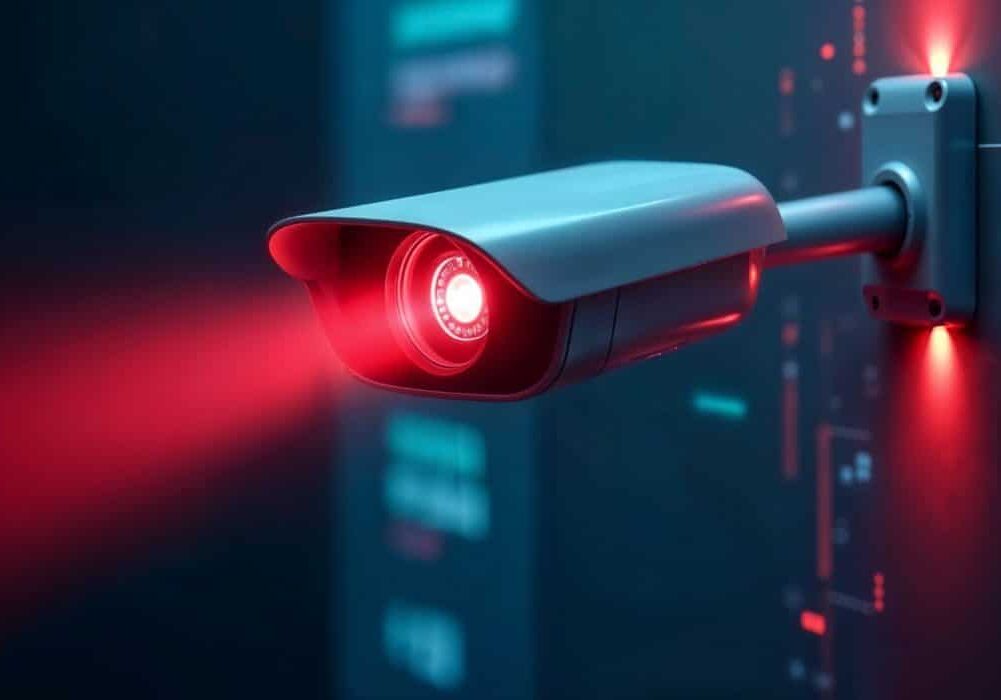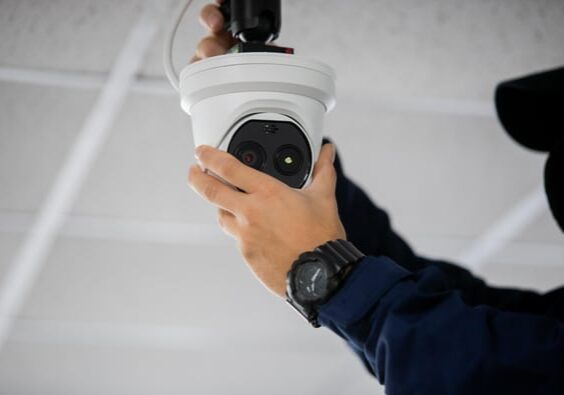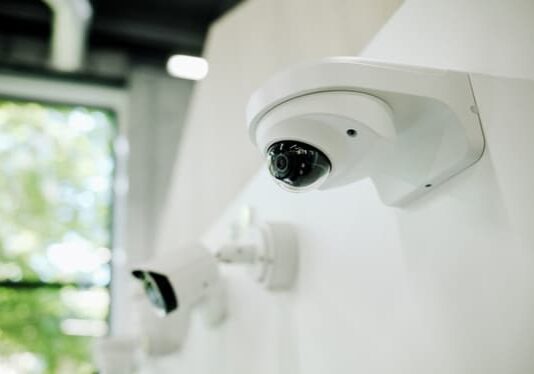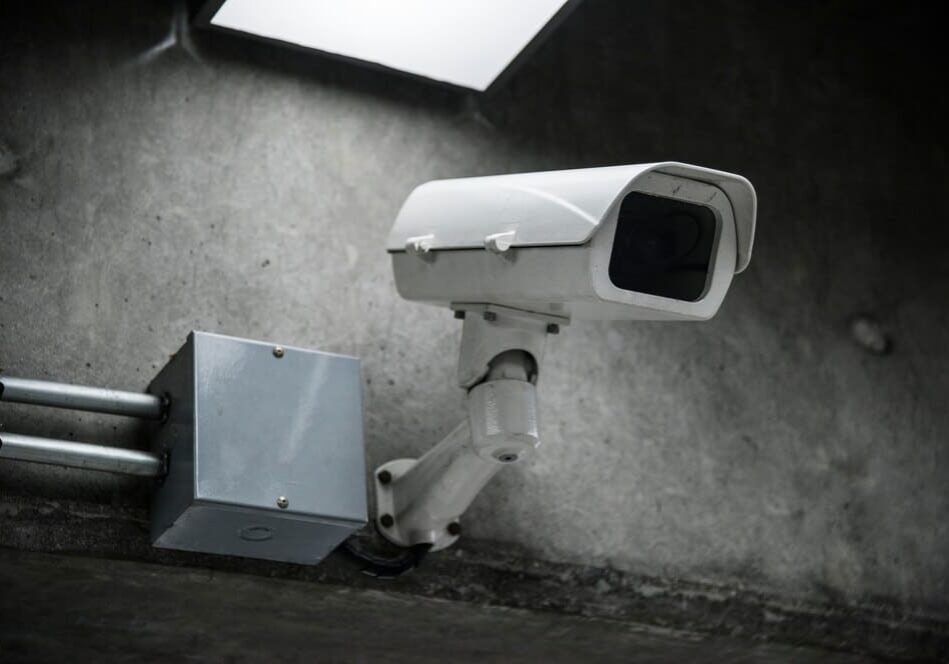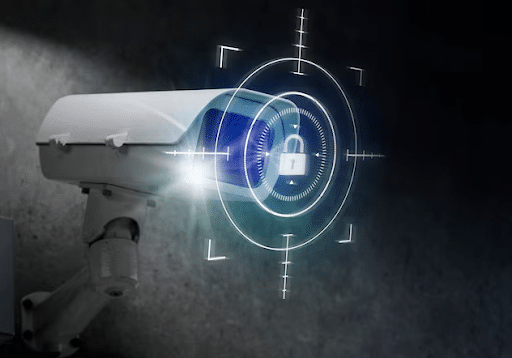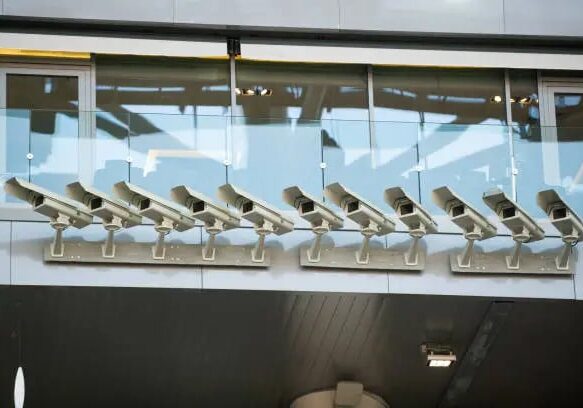Video surveillance has become an integral part of ensuring safety throughout various sectors in recent years, and the public transit industry is no exception. The deployment of video surveillance systems in buses, trains, and transit stations has been a key strategy for enhancing both passenger and worker safety.
However, like any technology, video surveillance comes with its own set of advantages and drawbacks. The roll out of surveillance of any form in public spaces also inevitably prompts concerns about ethics and privacy.
But, after assessing the pros and cons of using AI-powered video surveillance in the public transit industry, it will become clear that the deployment of smart monitoring in any public area – from parking garages to airports and apartment complexes – serves to protect the innocent and implicate only the guilty.
The Upsides Of Smart Video Surveillance In Public Transit
Crime Prevention & Detection
Advancements in tech have given rise to a new era of video surveillance, where the integration of Artificial Intelligence (AI) significantly enhances the capabilities of crime prevention and detection within the public transit industry.
Smart surveillance systems leverage AI-powered video analytics to process vast amounts of data in real-time. This goes beyond traditional video surveillance by enabling the system to intelligently analyze and interpret video feeds. So, AI algorithms can identify patterns, detect anomalies, and recognize specific behaviors, allowing for more accurate and proactive crime prevention.
AI-driven surveillance systems also excel in behavioral analysis. By learning normal patterns of activity within transit environments, the system can identify deviations that might indicate potential criminal activities. This includes recognizing aggressive behavior, unusual movement patterns, or the presence of unattended bags, triggering immediate alerts for further investigation.
Two other tools can be deployed using smart surveillance as well: facial recognition technology and object detection and tracking. Facial recognition is a powerful tool, allowing AI algorithms to analyze facial features and match them against databases of known individuals. This helps identify persons of interest or those linked to criminal activities.
While controversial due to privacy concerns, facial recognition can significantly contribute to transit security when implemented responsibly.
Smart surveillance systems excel at object detection and tracking, too. This is particularly valuable in crowded transit environments where traditional methods– such as relying on on-site security guards– may fall short.
Security guards and other personnel, while helpful in discerning true threats, cannot be on constant alert. Smart surveillance systems, on the other hand, are always on the lookout– regardless of if a guard steps away to handle another incident, takes a bathroom break, or simply isn’t paying attention.
These systems can even automatically track suspicious objects or individuals throughout the transit network, providing real-time information to security personnel for prompt intervention.
Enhanced Passenger Safety
Is it proven that having visible video surveillance serves as a deterrent to potential criminal activities within public transit systems. So, knowing that their actions are being recorded, individuals are much less likely to engage in unlawful behavior.
This, coupled with a wide-ranging suite of smart video surveillance features, fosters a very safe environment for passengers.
Worker Protection
Smart video surveillance doesn’t just benefit passengers, either. It also safeguards the well-being of transit workers.
Aside from smart monitoring features actively working to detect threats in real-time, the captured data and footage can also serve as priceless evidence in the event an altercation or accident unfolds.
This evidence may be provided to law enforcement for an investigation, used in court in the event of litigation, or submitted to insurance companies to file claims.
While there are concerns about the use of video monitoring and questions of employee privacy– or “snooping”– surveillance cameras are not installed in any non-public area. Moreover, they serve to protect employees just as much as employers by ensuring that the truth will always be captured and come to light.
Emergency Response Improvement
AI algorithms can analyze historical data to predict potential crime hotspots and trends. So, by identifying high-risk areas and times, transit authorities can proactively deploy resources to deter criminal activities before they even occur. This predictive approach enhances overall security posture and contributes to a safer transit experience for passengers and workers alike.
Smart surveillance systems are also able to generate instant alerts in response to unusual or potentially dangerous situations. These real-time alerts empower transit security personnel to take immediate action, facilitating quicker emergency responses and reducing the likelihood of criminal incidents escalating.
Asset Protection
Lastly, it’s crucial to note that public transit agencies invest significant resources in vehicles and infrastructure. So, smart video surveillance helps protect these assets from vandalism, theft, and other forms of damage. This serves to safeguard your bottom line and mitigate costs associated with repairs and replacements.
The Drawbacks Of Smart Surveillance In Public Transit
One of the main concerns surrounding video surveillance is the potential invasion of privacy. Passengers may feel uneasy about being constantly monitored, which raises questions about the balance between security and personal freedoms.
Installing and maintaining a comprehensive video surveillance system can also be a costly endeavor for public transit agencies. The initial investment will include both hardware and software implementation; then, ongoing costs will involve maintenance, upgrades, and personnel training.
Video surveillance systems, smart or not, aren’t immune to technical issues, either. Some might include camera malfunctions, software glitches, and connectivity problems. These challenges have the potential to compromise the effectiveness of the system and create vulnerabilities in the overall security infrastructure.
Additionally, storing vast amounts of video data always poses a potential risk in terms of data security. So, transit agencies must implement robust cybersecurity measures to protect sensitive footage from unauthorized access or cyberattacks that could compromise passenger and worker information.
One final concern has to do with the availability of video footage and potential for misuse, whether by transit employees or external parties. Unauthorized access to or tampering with surveillance data could lead to false accusations, privacy violations, or legal complications.
Striking The Right Balance: Best Practices
It is definitely possible to strike a balance between leveraging cutting-edge smart surveillance strategies while maintaining the integrity and privacy of data, passengers, and employees.
Primarily, open and transparent communication with passengers about the purpose and extent of video surveillance is key. It’s crucial to stress that surveillance cameras are only placed in public areas and serve protection purposes– nothing more.
Sharing information about how the transit agency will store and use the footage can also foster a sense of trust between the agency and its passengers.
Next, adhering to privacy laws and regulations is paramount. Transit agencies must stay informed about evolving legislation and ensure that their video surveillance practices align with legal requirements to protect both passengers and workers.
To mitigate the risk of technical errors or system downtime, transit agencies should also invest in high-quality surveillance equipment. While initial costs may be high, this will ensure reliability and longevity.
Remaining up-to-date on maintenance, hardware and software updates will further enhance the system’s effectiveness and minimize the risk of any technical issues.
Another non-negotiable is implementing robust cybersecurity measures. Protecting video data from unauthorized access and potential cyber threats is crucial. This will maintain passenger and worker trust in the security measures put into place.
Finally, transit agencies need to establish clear policies regarding the use and access of video surveillance data. Proper training for all personnel involved in monitoring and managing the system will help prevent misuse and ensure responsible handling of sensitive information.
By rolling out a succinct surveillance strategy with proper safeguards in place, smart video monitoring can be a blessing. A picture may speak a thousand words, but videos leave no room for alternate interpretation. This concrete evidence only helps the truth of the moment surface.
The Future Of Public Transit Security Is Smart Surveillance
Smart surveillance powered by AI represents a massive leap forward in enhancing crime prevention and detection in the public transit industry.
The intelligent analysis of video data, coupled with real-time alerts and predictive capabilities, creates a more proactive and efficient security environment that’s beneficial for passengers and workers alike.
With the proper execution and safeguards in place, transit agencies can also satisfy compliance regulations, reduce the likelihood of technical lapses, and mitigate privacy concerns to ensure trust and safety for everyone.
Frequently Asked Questions
Smart video surveillance enhances passenger safety, deters criminal behavior, supports incident investigations, and helps improve operational efficiency through real-time monitoring and data collection.
Beyond security, agencies can use footage for accident reconstruction, service planning, passenger flow analysis, and compliance with safety regulations.
Yes. While video surveillance improves safety, agencies must balance this with passenger privacy by following legal guidelines and clearly posting surveillance policies.
Challenges include network connectivity, power limitations, vibration-proof hardware, secure data storage, and real-time transmission of high-resolution video.
When accounting for reduced crime, improved passenger confidence, and data-driven operations, smart surveillance often delivers a strong return on investment despite the initial costs.

Michael S. Blanco is the Chief Executive Officer and Co-Founder of Resolute Partners, LLC, where he leads strategic initiatives across various divisions. After owning family entertainment centers in New England, he co-founded Resolute Partners in 1996, launching the first Internet cafés for the U.S. Navy and partnering with AT&T for global deployment. A pioneer in wireless communications, Michael has expanded the company’s focus to include Energy Management/IoT, Cybersecurity, and Managed Video Security. He holds a degree from the Rochester Institute of Technology.
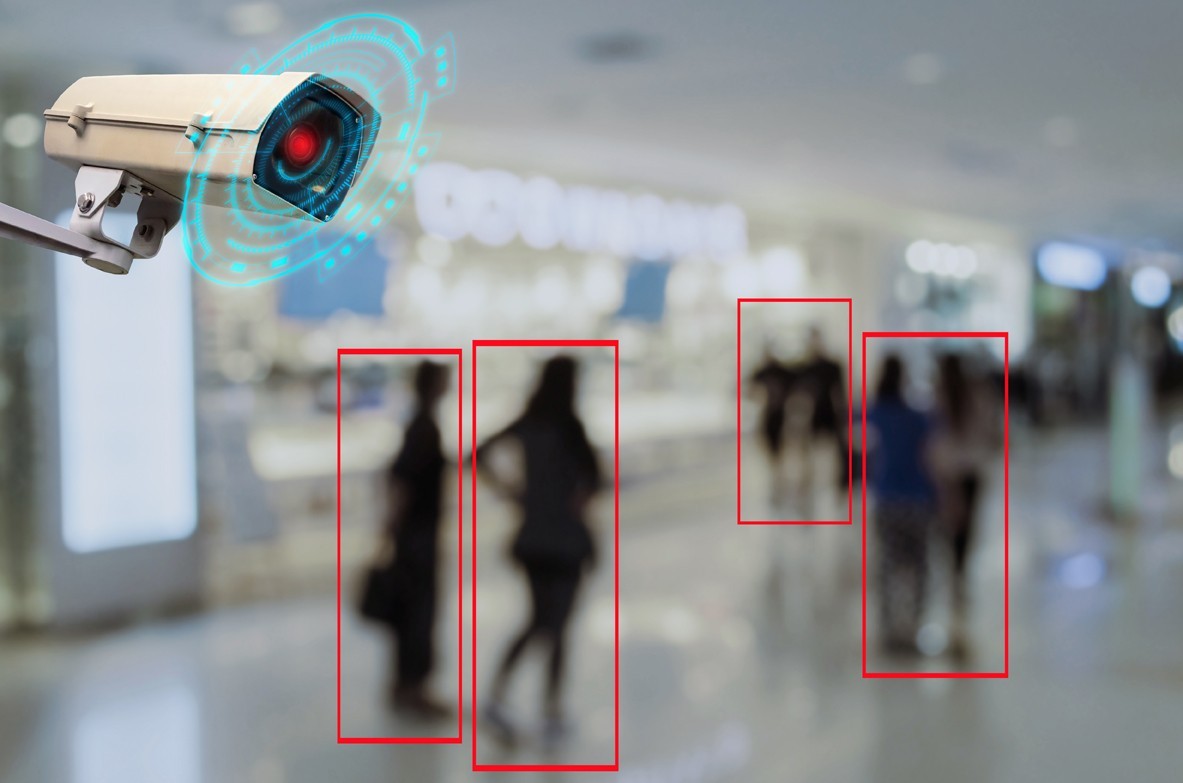
Stay up to date.
Subscribe for latest news, protection tips, special offers, and more!






